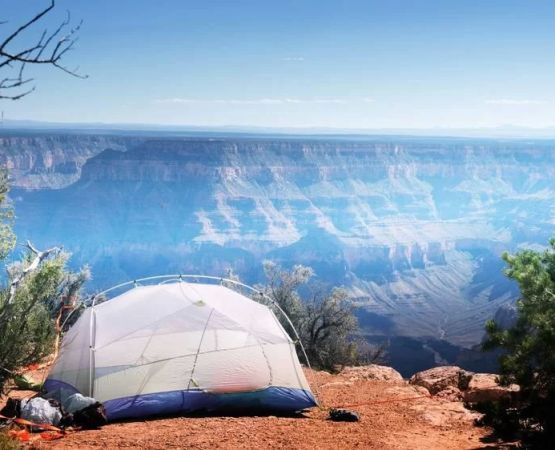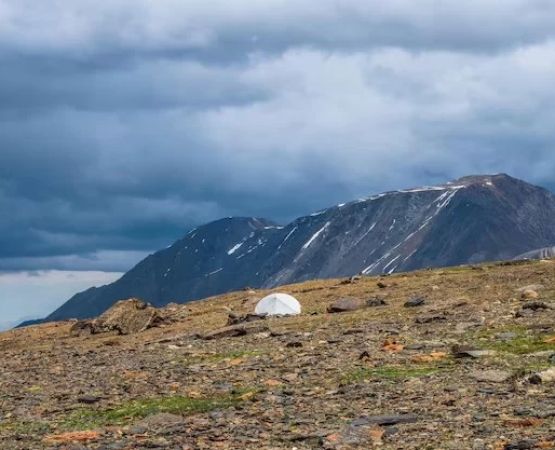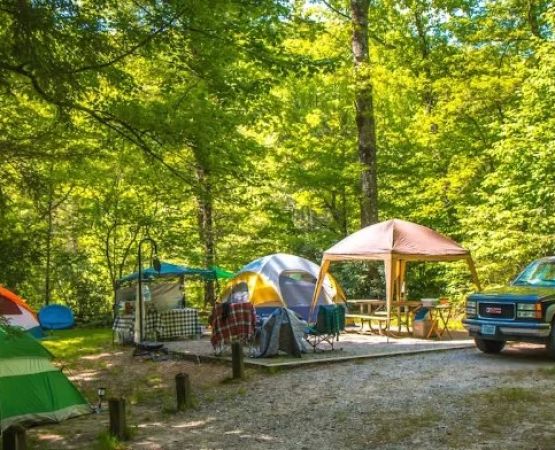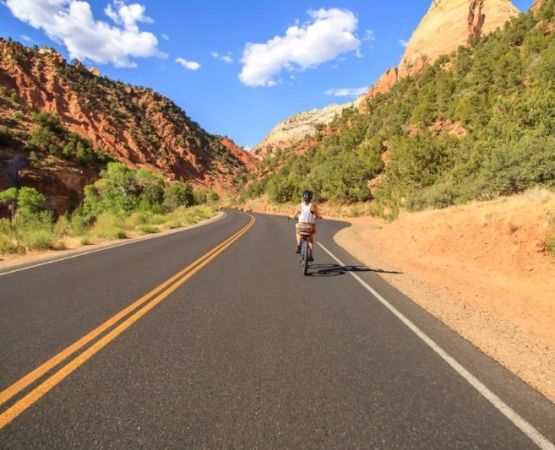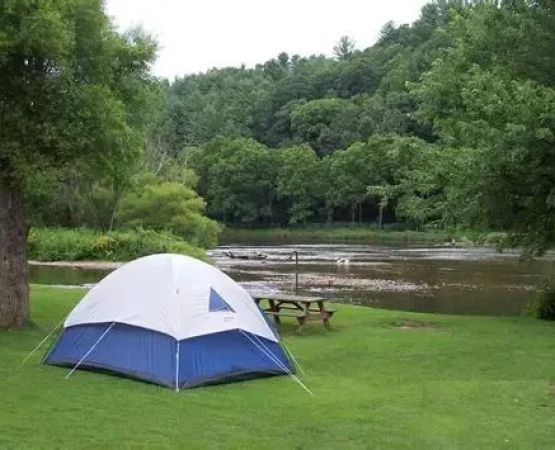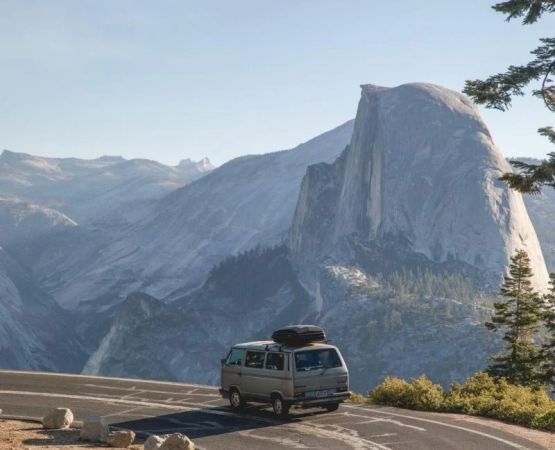How to Avoid Hypothermia While Camping in the Cold
As someone who loves spending time in the great outdoors, I’ve always felt a deep connection to nature, especially during the colder months. However, with winter camping comes the serious risk of hypothermia, a condition that can be life-threatening if not addressed quickly. I remember one particular winter camping trip in the Rocky Mountains where the temperature dropped much lower than we had anticipated. Despite our best preparations, the situation became dangerous, and I learned a valuable lesson about hypothermia that I now want to share with others. If you plan on camping in cold conditions, understanding how to prevent hypothermia is crucial for staying safe and enjoying your outdoor adventure.
1. What Is Hypothermia and Why Is It Dangerous?
Hypothermia occurs when your body loses heat faster than it can produce it, causing your body temperature to drop below the normal range of 98.6°F (37°C). This drop in temperature can impair your body's ability to function properly, leading to confusion, slurred speech, loss of coordination, and even unconsciousness. In severe cases, hypothermia can lead to death.
I remember the first time I truly understood the seriousness of hypothermia. It wasn’t just about being cold; it was about how quickly the body can begin to lose control. This realization hit me during that cold mountain camping trip. Even though I had layered up, my body was still susceptible to the elements, and we had to cut our trip short after realizing how dangerous the conditions had become.
2. Layering Your Clothing: The Key to Staying Warm
One of the most important strategies for avoiding hypothermia is dressing appropriately for the cold. Layering your clothing is essential because it creates a buffer of air between your body and the outside cold, which helps trap heat. I learned this the hard way during my first winter camping trip when I didn’t pack enough layers. Without proper insulation, my body began to lose heat rapidly, and that was when I first started noticing symptoms of cold stress.
The layering system involves three main layers: a moisture-wicking base layer, an insulating middle layer, and a waterproof outer layer. The base layer, made of materials like merino wool or synthetic fabrics, keeps sweat away from your skin. The insulating layer, such as fleece or down, traps heat. The outer layer, typically a waterproof shell, protects against wind and rain, which can strip your body of heat.
On that trip, I had only one layer of insulation and a thin outer layer, which left me vulnerable to the elements. Now, I always ensure that I’m wearing proper layers, and it has made all the difference in preventing cold stress and hypothermia.
3. Staying Dry: A Crucial Factor in Preventing Hypothermia
Another key factor in preventing hypothermia is staying dry. Wet clothing can rapidly draw heat away from your body, making you more susceptible to cold. In my experience, moisture from sweat, rain, or snow can significantly increase the risk of hypothermia. During one particular hike, I got caught in a sudden downpour. I didn’t have a good waterproof jacket at the time, and the rain soaked through my clothes, cooling my body rapidly.
Since then, I’ve learned to prioritize waterproof gear. Whether it’s investing in high-quality rain jackets, pants, or waterproof boots, staying dry is essential. A good pair of waterproof gloves and socks can also prevent your extremities from becoming cold and wet. During long camping trips, I always carry extra clothes in dry bags to ensure I can stay warm even if my initial clothing gets wet.
4. Fueling Your Body with Proper Nutrition and Hydration
Hypothermia is more likely when your body isn’t properly fueled. It’s essential to eat high-energy foods that will keep your metabolism running and help your body generate heat. During my early camping experiences, I didn’t pay enough attention to nutrition, thinking that once I had enough layers on, I’d be fine. However, I soon learned that the right fuel is just as important as staying warm through clothing.
Eating foods that are high in fat and protein, like nuts, jerky, or cheese, can help provide the energy your body needs to stay warm. It’s also essential to stay hydrated. Dehydration can impair your body’s ability to regulate temperature, so I always make sure to drink plenty of fluids, even in the cold weather. I’ve found that hot drinks, like tea or coffee, are especially comforting and can provide an added warmth boost when you’re out in the cold.
5. Monitoring Your Environment: Understanding Cold Weather Risks
Knowing the weather conditions and how they affect your surroundings is crucial when camping in cold climates. Wind chill can make the air feel much colder than the actual temperature, and even light snow or rain can lead to dangerous cold stress if you’re not prepared. During my trip in the mountains, I failed to monitor the wind chill factor, which played a major role in the rapid onset of hypothermia. The wind was biting, and despite the temperature not being dangerously low, it felt much colder because of the wind.
I now always check weather forecasts before heading out and pay attention to wind chill and precipitation levels. If the wind is particularly strong or the forecast includes snow, I adjust my plans accordingly. I’ve also learned that setting up camp in a sheltered area, such as near trees or a rock formation, can help protect from the wind and keep you warmer.
6. Recognizing the Early Symptoms of Hypothermia
One of the most important things you can do to avoid hypothermia is to recognize the early signs of the condition before it becomes severe. I learned this the hard way when I noticed my body starting to shiver uncontrollably and felt more fatigued than usual. These were early signs that something was wrong, but at the time, I ignored them. Shivering, confusion, slurred speech, and loss of coordination are all red flags that hypothermia may be setting in.
If you or someone in your group begins to show these symptoms, it’s critical to act fast. Get the person into a warmer environment, remove any wet clothing, and add layers of dry, insulated clothing. Drinking warm fluids can also help raise body temperature. If the symptoms worsen, it’s important to seek professional medical help immediately. It’s better to err on the side of caution than to ignore these warning signs.
Preparation Is Key to Safe Winter Camping
The key to avoiding hypothermia while camping in cold weather is preparation. By dressing in layers, staying dry, maintaining proper nutrition and hydration, and monitoring your environment, you can enjoy a safe and comfortable winter camping experience. I’ve learned from experience that camping in the cold is rewarding, but it requires careful planning and an understanding of the risks involved.
Whether you’re heading out on a weekend trip or embarking on a longer adventure, always remember that your safety comes first. With the right gear and precautions in place, you can have a memorable and safe experience in the winter wilderness. Be prepared, stay safe, and enjoy the beauty of nature without the dangers of hypothermia.
SEO Title: How to Avoid Hypothermia While Camping in the Cold
SEO Keywords: avoid hypothermia camping, prevent hypothermia cold, winter camping safety, hypothermia prevention tips, cold weather camping precautions
SEO Description: Learn how to prevent hypothermia while camping in cold conditions. Discover essential tips on layering, staying dry, proper nutrition, and recognizing symptoms to stay safe in winter weather.

